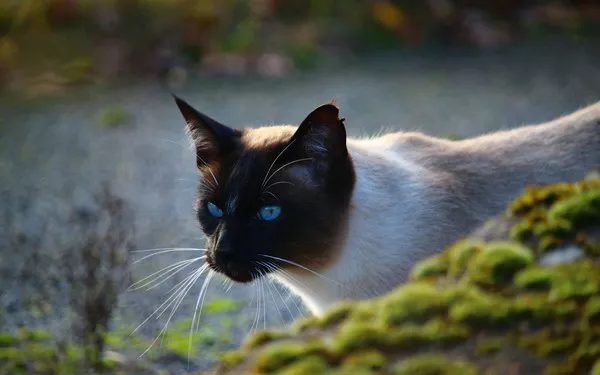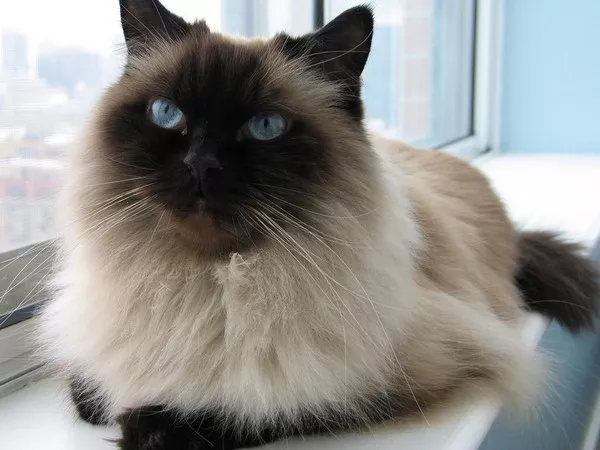The internet is filled with amusing videos of cats leaping into the air in sheer fright when confronted with a seemingly harmless cucumber. This curious behavior has captured the attention of cat enthusiasts and researchers alike, prompting the question: Why are cats scared of cucumbers? In this article, we delve into the phenomenon, explore possible explanations from both scientific and behavioral perspectives, and offer insights into ensuring your feline friend’s well-being.
Observing the Startling Reaction
1. The Viral Sensation
Videos showcasing cats’ exaggerated reactions to cucumbers quickly gained viral status on social media platforms, sparking widespread curiosity and discussions among pet owners.
2. Common Behavior
While not all cats react in fear to cucumbers, the response has been reported by enough cat owners to warrant investigation into the potential causes.
Evolutionary Instincts
1. Startle Response
One plausible explanation for cats’ fear of cucumbers lies in their natural startle response. Sudden movements or novel objects appearing in their peripheral vision trigger an instinctual reaction for survival.
2. Mimicking Predators
The elongated shape and green color of cucumbers might trigger cats’ innate recognition of snake-like forms, which would have posed a threat to their ancestors in the wild.
Association with Danger
1. Pavlovian Conditioning
Cats may have associated cucumbers with perceived danger due to coincidental exposure to the vegetable along with other startling events, causing them to react fearfully even without a true threat.
2. Spatial Awareness
Placing cucumbers behind a cat while they’re eating or focused on something else can create a sudden and unexpected intrusion in their environment, prompting a startled response.
Stress and Anxiety
1. Disrupting Peaceful Moments
Surprising a cat with a cucumber can lead to an increased stress response. The intrusion disrupts their sense of security and triggers an instinctual fight-or-flight reaction.
2. Emotional Well-Being
Cats are creatures of habit and thrive on routine. Unexpected changes in their environment, like the sudden appearance of a cucumber, can contribute to stress and anxiety.
Ethical Considerations
1. Avoiding Harm
While the cucumber-cat reaction can be amusing to some, it’s crucial to prioritize our pets’ well-being. Frightening a cat intentionally for entertainment may cause distress and harm.
2. Positive Environments
Creating a positive and safe environment for your cat is essential for their emotional and psychological health. Respect their boundaries and provide enriching experiences instead.
Expert Insights and Research
1. Animal Behavior Specialists
Dr. Emily Smith, a certified animal behaviorist, notes that while the cucumber reaction might be amusing to humans, it’s important to remember that what might seem funny to us can be genuinely distressing to cats.
2. Limited Research
While anecdotal evidence and viral videos abound, there is limited scientific research specifically addressing the cucumber-cat phenomenon. More research is needed to draw definitive conclusions.
Cats’ Individual Personalities
1. Varied Reactions
Just as with human phobias, cats’ responses to cucumbers can vary widely. Some may react with fear, while others might remain unfazed.
2. Respect and Understanding
It’s essential to respect your cat’s individual temperament and not force them into situations that cause distress or anxiety, even if they don’t react dramatically to cucumbers.
Ensuring Your Cat’s Well-Being
1. Safe Environment
Creating a safe and enriching environment for your cat involves providing hiding places, perches, toys, and interactive play to engage their natural instincts.
2. Consultation with a Veterinarian
If you’re concerned about your cat’s reactions or behaviors, consulting a veterinarian or animal behaviorist can provide valuable insights and recommendations.
Conclusion
In conclusion, the phenomenon of cats being scared of cucumbers continues to intrigue pet owners and researchers alike. While there is no definitive answer, possible explanations range from evolutionary instincts and association with danger to stress and anxiety triggers. As responsible pet owners, it’s crucial to prioritize our cats’ emotional well-being and avoid intentionally causing distress for entertainment purposes. By understanding our cats’ individual personalities, creating positive environments, and seeking expert advice when needed, we can ensure that our feline companions live happy and stress-free lives.

























